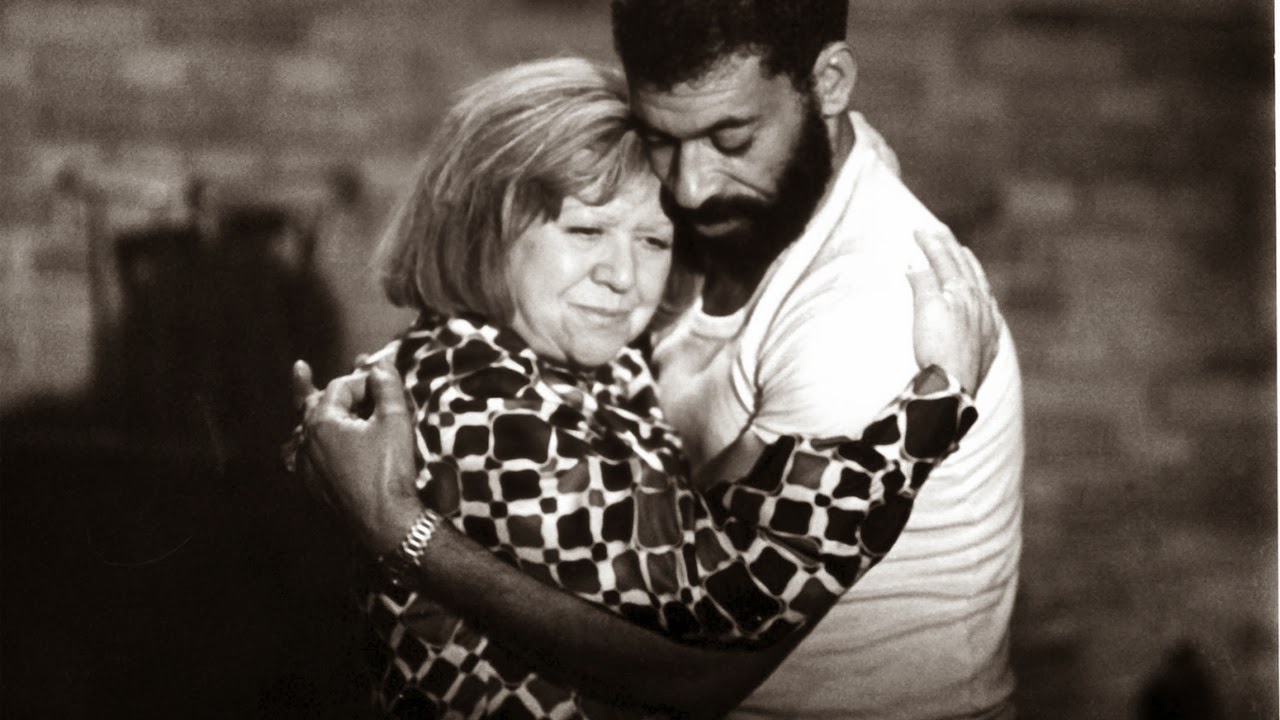The forgotten history of Chinese immigrants in this Mexican border town
Fusion
2016-10-13
Nidhi Prakash

Erendira Mancias/FUSION
MEXICALI, Mexico—Mexicali has all the obvious signs of being a border town: roads pointing the way to the United States, car after car lined up at crossing points from early morning through the blistering hot day and well into the night—currency exchange places dog-earing every corner.
But there’s something about this place that sets it apart in the borderlands. You might notice it first in the Chinese restaurants dotting the streets, in the elaborate pagoda that sits at the border with Calexico, or in the doorways downtown with subtle, sometimes faded, Chinese lettering.
This dusty northern Mexican city of around 690,000 was largely developed by an often-overlooked community of Chinese immigrants, whose roots here trace back to the late 1800s. Tens of thousands of immigrants, mostly from Canton (now Guangzhou), arrived to the area between the mid–1800s and the 1940s, crossing by ship from southern China, often first to San Francisco, sometimes to other Mexican cities like Ensenada and Guadalajara, before choosing Mexicali. Many stayed for generations after and helped build this city into what’s become.
The Chinese-Mexican community here remains very much a part of Mexicali—especially downtown, a historic center of the city’s rich history. There’s a stretch of several blocks called La Chinesca which, after decades of semi-abandonment and disrepair, is seeing the beginnings of a revival as newer generations reconnect, and for some, discover for the first time, their lasting impact on Mexicali culture…
…Junior Chen, 36, is a quiet, business-like man at first, who talks animatedly when we get to the subject of his plans for downtown Mexicali, where he was born and raised. He said he’s been working on projects to try to reactivate the city center since he was 16 years old. But starting a historical tour of La Chinesca, and thinking more about his Chinese heritage (his great-grandfather came to Mexico from Canton some time in the mid–1800s) has been more recent for him.
“I have some Chinese roots, I’m mestizaje [mixed]. I’m always sincere with people who know me. To be honest I never had an interest in Chinese culture before. I never wanted to get involved in the Chinese Association. But my mother always wanted to be connected to the community, to have Chinese friends,” he told me. “But what I’m trying to say is that for me I started to get involved with all this and it changed me.”…
Read the entire article here.








